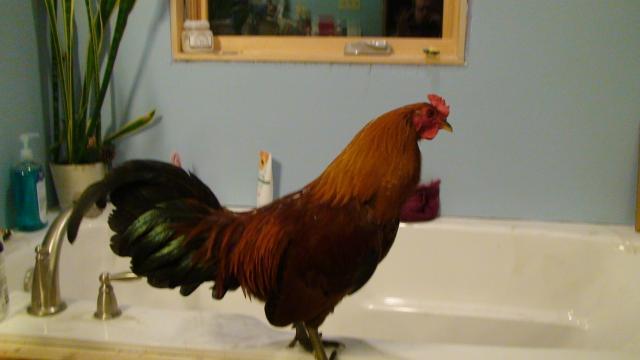- Thread starter
- #31
Tim,
Maybe my idea of redquill is inaccurate? I will find photographs of what are though of as redquill. We want this to be redquill related so will be simple.
Maybe my idea of redquill is inaccurate? I will find photographs of what are though of as redquill. We want this to be redquill related so will be simple.














